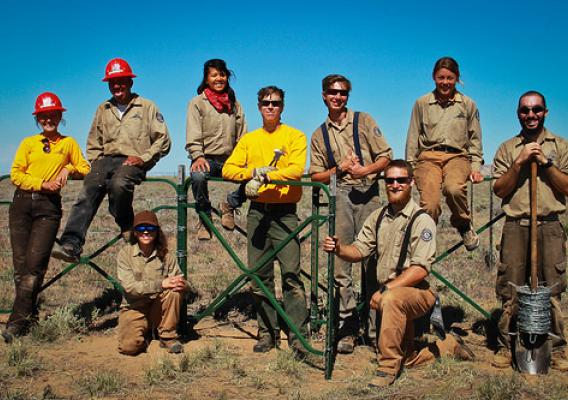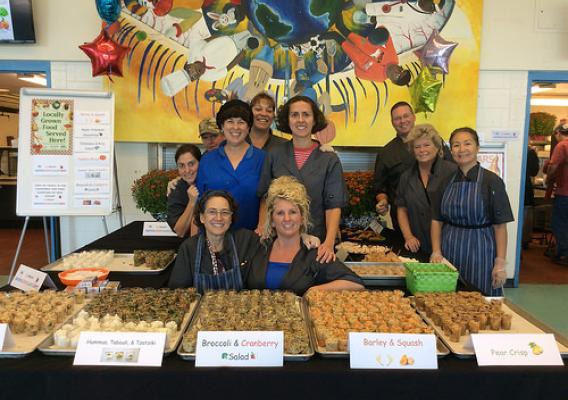Across the country and around the world, more people are looking for organic options at their local markets. Thanks to the remarkable growth in the number of USDA certified organic operations, which now number more than 27,800 worldwide, consumers have more choices than ever. My agency, USDA’s Agricultural Marketing Service (AMS), includes the National Organic Program, which plays a critical role in advancing the organic sector by developing clear standards for use of the USDA Organic seal, enforcing a level playing field, and expanding trade opportunities to create new markets for U.S. organic businesses.
Just last week, I had the privilege of highlighting the success of American organic agriculture on the world stage at the Expo Milan 2015 USA Pavilion, where the theme was “American Food 2.0: United to Feed the Planet.” During the “Women leading the Organic Way” panel discussion, I shared USDA’s vision for organic agriculture and all the ways in which USDA is supporting organic farmers and businesses. I also emphasized the important role of women in agriculture – women farm 301.4 million acres in the U.S., and a relatively high proportion of organic farms are operated by women.










